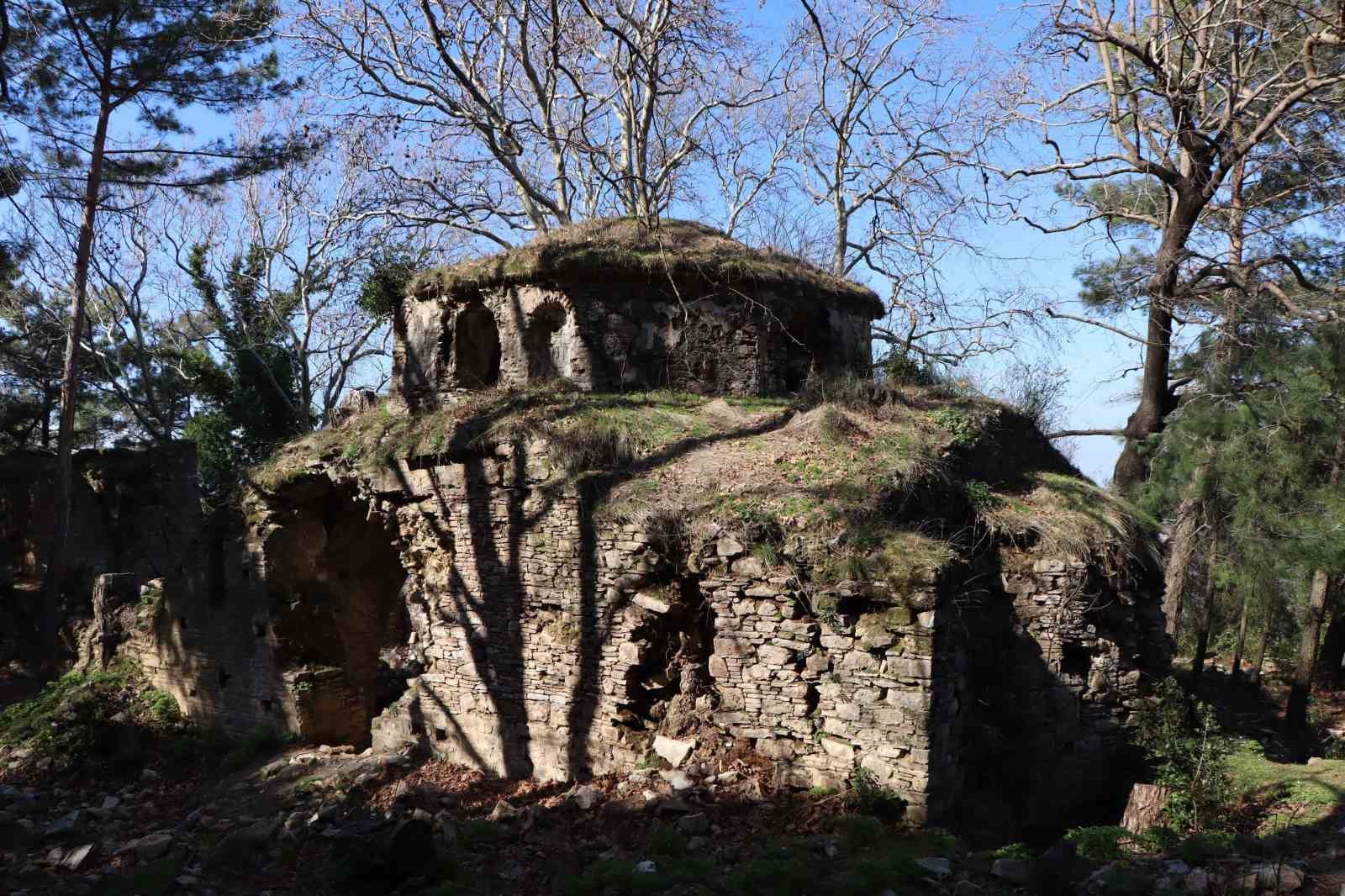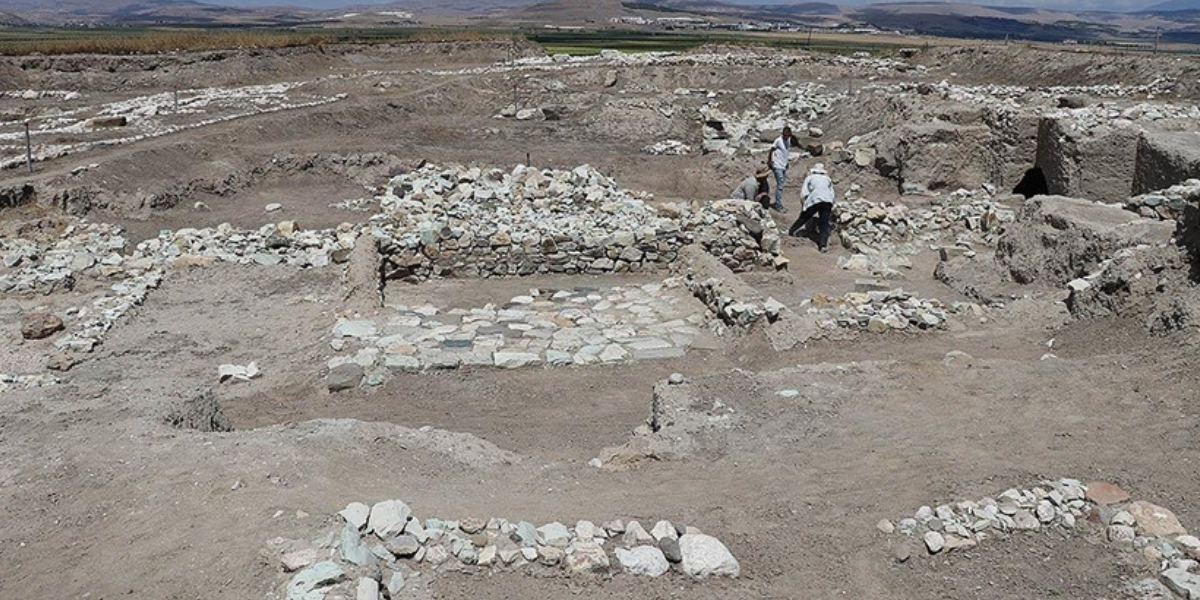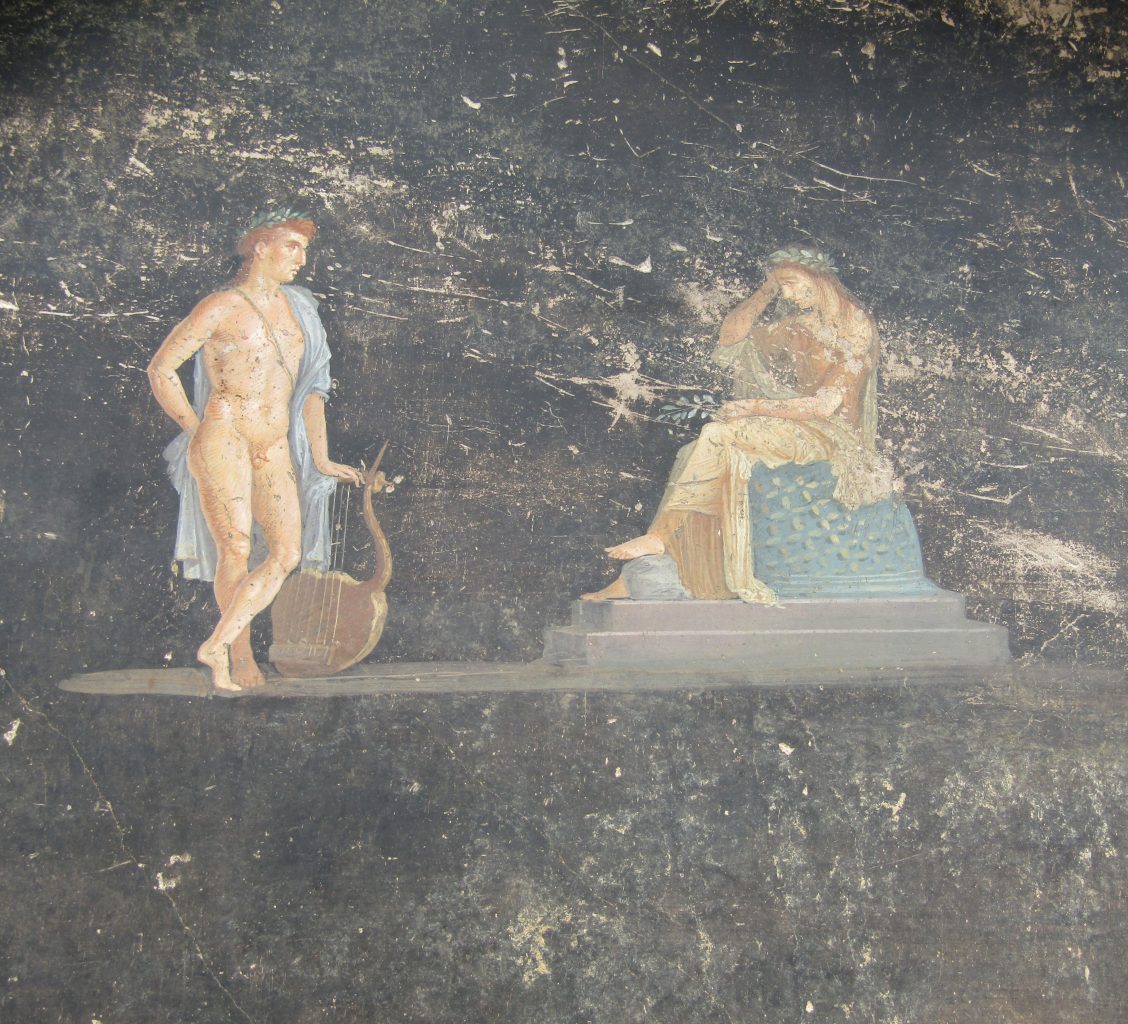The restoration of the 2,800-year-old Urartian water cistern unearthed in Harput Castle in Elazığ province in the Eastern Anatolia Region, known as the roof of Türkiye, has been completed.
Harput Castle was built by the Urartians in the 8th century BC on a rectangular plan. The castle, which consists of two parts, the inner and outer castle, offered the opportunity to dominate the region thanks to its strategic location.
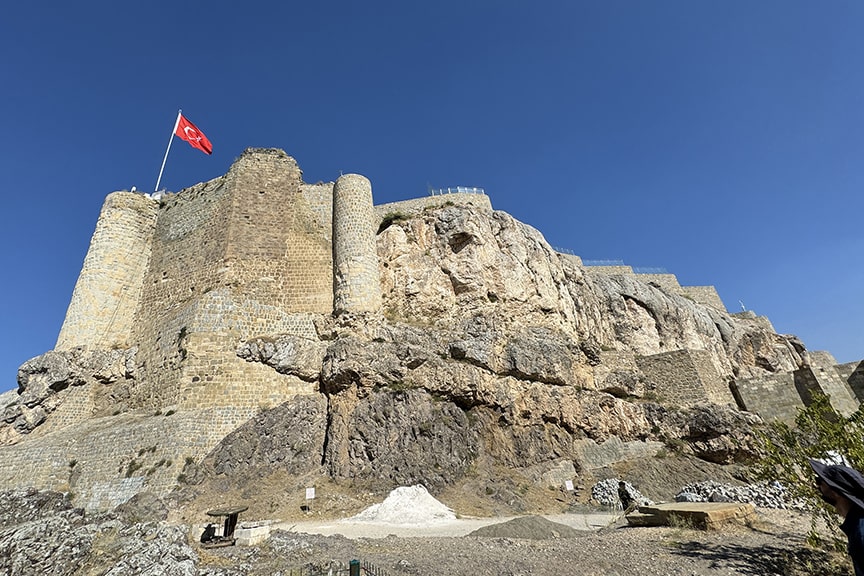
Started in 2004, the excavations uncovered sites and finds that bear traces of many civilizations other than the Urartians, such as Roman, Byzantine, Sassanid, Artuqid, Seljuk, Dulkadiroğulları, Safavid and Ottoman.
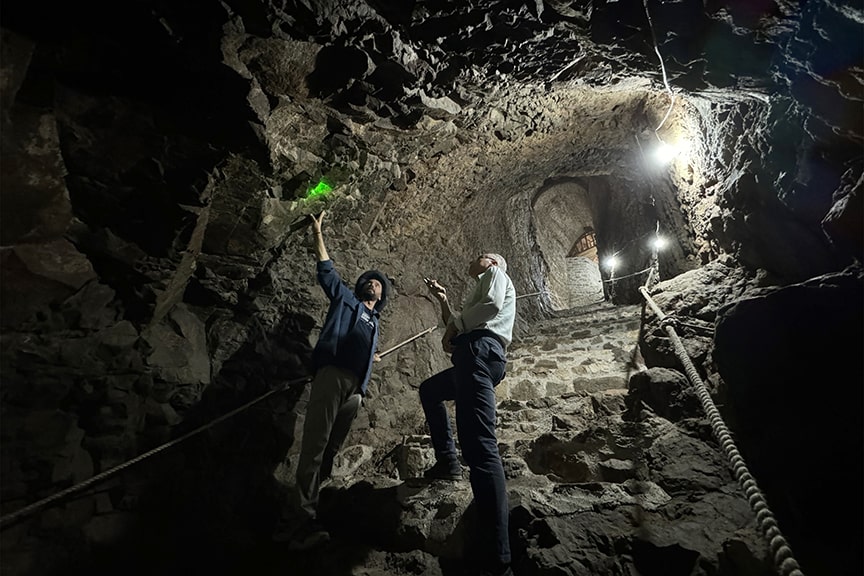
The restoration of the second water cistern with 52 steps was completed after the restoration of the 112-step Urartian water cistern, which is located in the so-called middle neighborhood of the castle built on the rocks by the Urartians and whose restoration was completed in 2021.
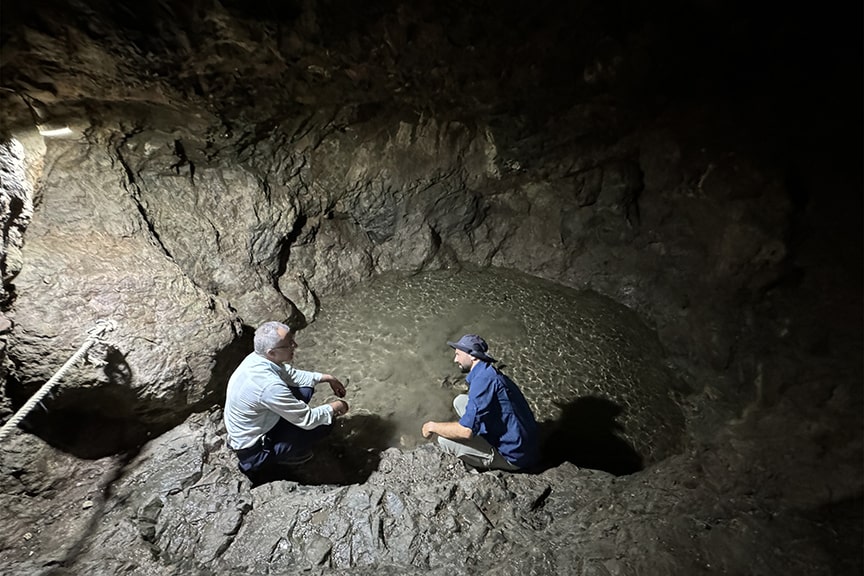
Harput Castle Excavation Head Prof. Dr. İsmail Aytaç said, “There are many small cisterns in Harput Castle. Apart from these, 2 cisterns are stepped and large. The first one was known as the dungeon where the crusader king was imprisoned by Belek Gazi during the Seljuk period and was opened to tourism in previous years. The restoration of the second stepped water cistern was recently completed. Especially in the entrance section, there are brick vaults with mitigation arches. It has a diameter of 4 meters in a natural rock with 52 steps going down 30 meters. There are 3 water drainage and ventilation cavities in this vaulted place.”
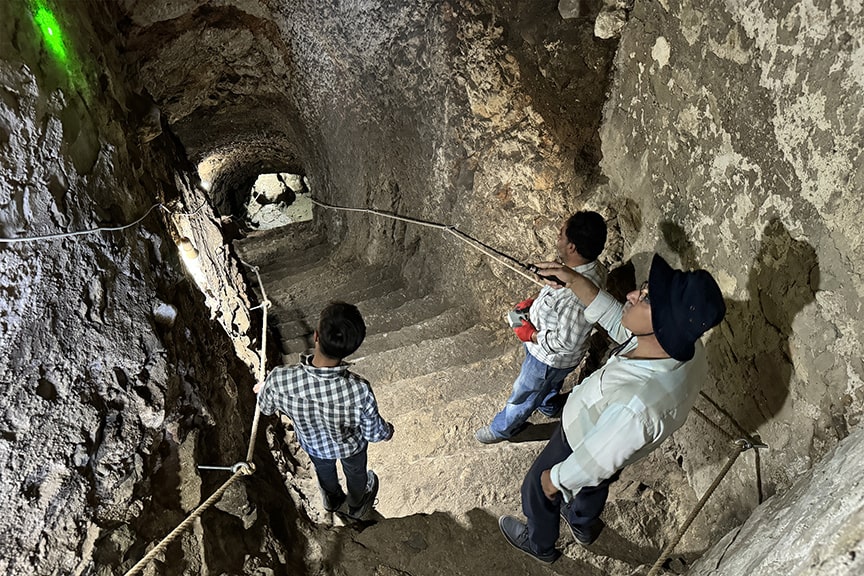
Stating that the cisterns are approximately 2,800 years old and that they were used for water supply by civilizations after the Urartians, Aytaç said,
“The importance of this place is that it is one of the most important and largest cisterns carved into natural rocks in Türkiye. When the water ran out, it was used as a food store.”
Cover photo: Ismail Sen/AA


